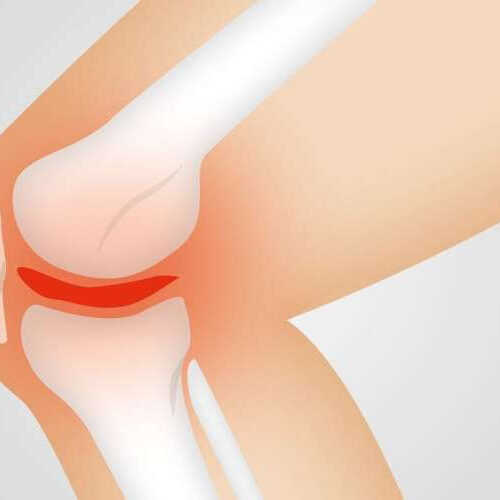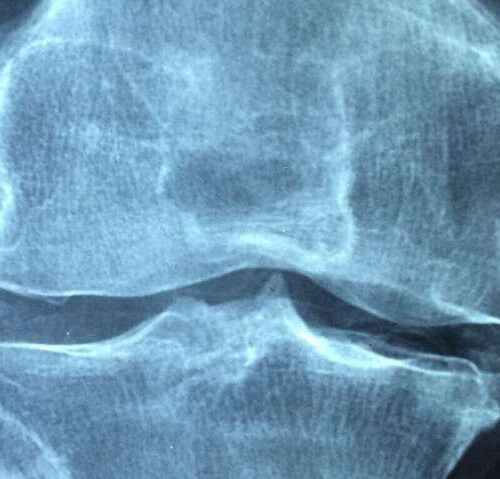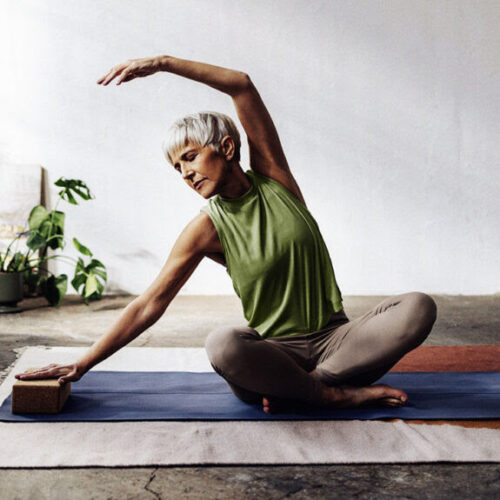by University of Florida Credit: CC0 Public Domain Wear and tear on joints can lead to inflammation, breakdown of cartilage and development of osteoarthritis. Scientists at UF Scripps Biomedical Research have found a possible new target to fight this painful cascade. In a study published Thursday in the journal PLOS One, biochemist Patrick Griffin, Ph.D., and...
Tag: <span>Osteoarthritis</span>
Osteoarthritis: Realigning bad knees may prompt the body to generate cartilage again
by Delthia Ricks, Medical Xpress Credit: CC0 Public Domain Osteoarthritis is a wear-and-tear disorder marked by bone thickening and cartilage degeneration, an excruciatingly painful disability and a major cause of impaired mobility as people age. But scientists have begun viewing this form of arthritis differently with a deeper understanding of the disorder’s causes and an...
Acromioclavicular osteoarthritis: What to know
Acromioclavicular osteoarthritis (AO) is a common type of arthritis that affects the shoulder. Although AO is not as common as osteoarthritis of the knee or hip, it does affect a significant number of older adults. Experts estimate that 1 in 3 people over the age of 60 years have some degree of AO. As with other types...
TEAM FINDS OSTEOARTHRITIS ‘PAIN PATHWAY’ IN MICE
Using a mouse model of painful osteoarthritis, they found that blocking this pathway eliminates pain associated with osteoarthritis (OA) and results in a return to normal limb use. The work, the first to find an association between this pathway and osteoarthritis pain, could lead to the development of new, effective pain treatments for people with...
Researchers identify osteoarthritis ‘pain pathway’
by Tracey Peake, North Carolina State University Credit: CC0 Public Domain Researchers from North Carolina State University have discovered that a particular molecular signaling pathway plays an important role in producing osteoarthritis (OA) pain. Using a mouse model of painful osteoarthritis, they show that blocking this signaling pathway eliminates pain and results in a return...
Macromolecular gel with therapeutic payload could be silver bullet for osteoarthritis
by NYU Tandon School of Engineering Credit: Shutterstock Osteoarthritis affects over 32 million Americans, levies a huge cost on society, and vastly increases one’s chances of developing heart disease. Unfortunately, other than analgesics no pharmaceutical therapy exists that can slow or halt disease progression of a major subset of OA: post-traumatic osteoarthritis (PTOA). PTOA, a...
An ice-inspired lubricant improves osteoarthritis symptoms in rats
With the Winter Olympics approaching, many people will soon be tuning in to watch events that take place on ice, such as figure skating, speed skating and ice hockey. An ultrathin, super-lubricating layer of water on the ice’s surface is essential for skaters’ graceful glides. Inspired by this surface, researchers reporting in ACS Nano have developed a...
Experimental medication could treat osteoarthritis by acting like ice
By Ben Coxworth January 12, 2022 As is the case with ice, tiny gel particles used in the medication are made slippery by a thin film of liquid watervkovalcik/Depositphotos Ice in and of itself isn’t slippery – it becomes slippery when friction causes a thin layer of liquid water to form on top of it. Scientists have...
Gallic acid and stretching decrease osteoarthritis markers in cartilage cells
WASHINGTON STATE UNIVERSITY PULLMAN, Wash. – A healthy diet and a little exercise appear to be good for arthritis, even on the cellular level. A team led by Washington State University researchers used gallic acid, an antioxidant found in gallnuts, green tea, and other plants, and applied a stretching mechanism to human cartilage cells taken...
Researchers identify genes at play in people with osteoarthritis
NORWEGIAN UNIVERSITY OF SCIENCE AND TECHNOLOGY Osteoarthritis is the leading cause of pain and disability worldwide. There is no cure, only pain relief. Patients’ joints become inflamed, and they feel creaky and stiff in the morning. Some people use painkillers and exercise as treatment. Others have to resort to surgery and prostheses. About 300 million people...






